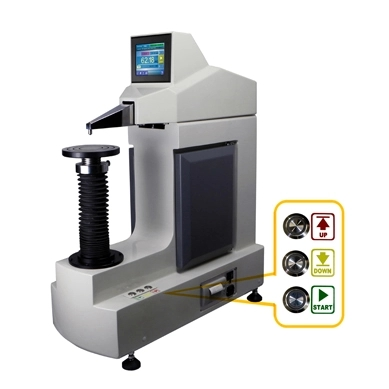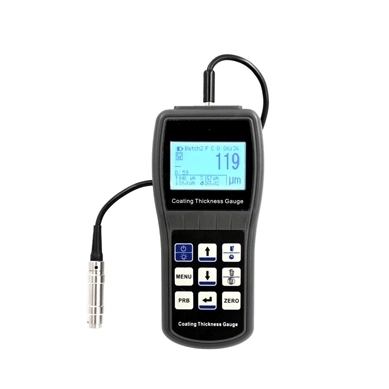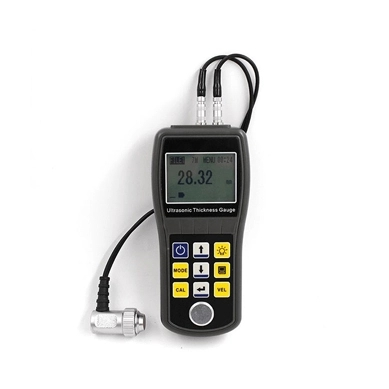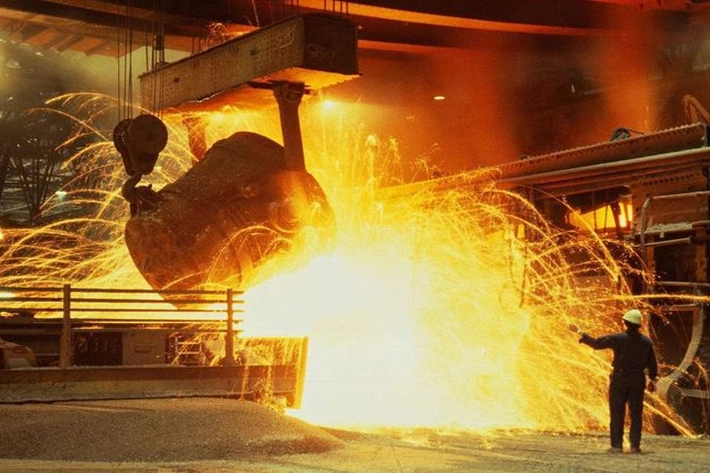The Hardness Tester is a crucial tool in the rail transit industry. It is used to measure the hardness of materials, which is a critical property in determining the durability and strength of rail components. The hardness of a material is its resistance to deformation, usually by indentation. The higher the hardness, the more resistant the material is to wear and tear, making it ideal for high-stress environments like rail transit.

Hardness Tester: Ensuring Safety and Efficiency in Rail Transit
Safety is paramount in rail transit. The hardness measuring machine plays a vital role in ensuring the safety of rail systems by testing the hardness of various components. For instance, the hardness of the rail tracks is tested to ensure they can withstand the weight and speed of the trains. If the tracks are not hard enough, they could deform under the pressure, leading to derailments and other accidents.
Moreover, the Hardness Tester is also used to test the hardness of the wheels and axles of the trains. These components are subjected to immense stress and friction, and their hardness needs to be at an optimal level to ensure efficient operation. A hardness tester can accurately measure this, allowing for timely maintenance and replacement of parts, thereby preventing breakdowns and delays.
.jpg)
Hardness Tester: A Tool for Quality Control and Maintenance
In addition to ensuring safety and efficiency, the Hardness Tester is also an essential tool for quality control and maintenance in rail transit. It is used to test the hardness of new components before they are installed, ensuring they meet the required standards. This helps in preventing the use of substandard parts that could compromise the integrity of the rail system.
Furthermore, the Hardness Tester is used in routine maintenance checks to identify any changes in the hardness of the components. This can indicate wear and tear, allowing for timely repairs or replacements. By doing so, the Hardness Tester helps in prolonging the lifespan of the rail system and reducing maintenance costs.

Conclusion
Hardness Tester is an indispensable tool in rail transit. It plays a crucial role in ensuring the safety and efficiency of the rail system, as well as in quality control and maintenance. By accurately measuring the hardness of various components, it helps in preventing accidents, ensuring timely maintenance, and prolonging the lifespan of the rail system. If needed, contact us to get competitive hardness testing machine price! We'll be your reliable and professional hardness tester company in China.

 français
français Español
Español русский
русский العربية
العربية português
português

.jpg)






